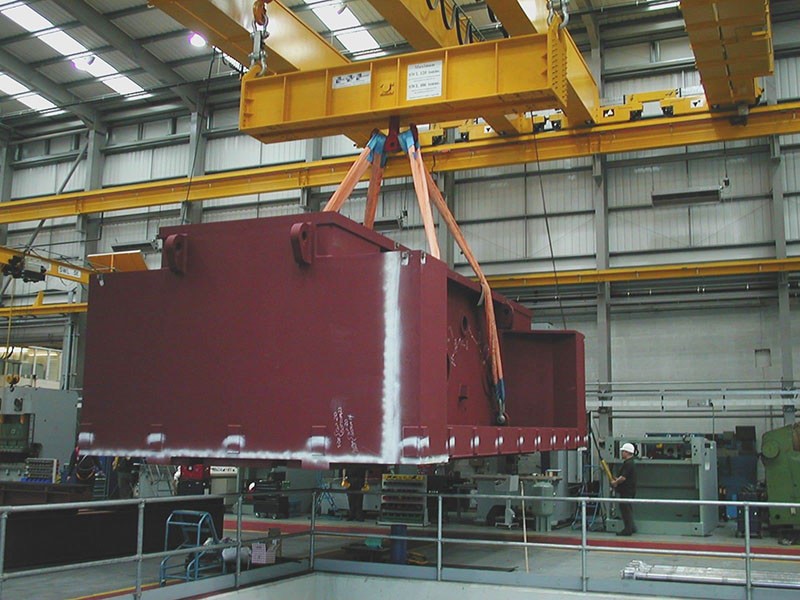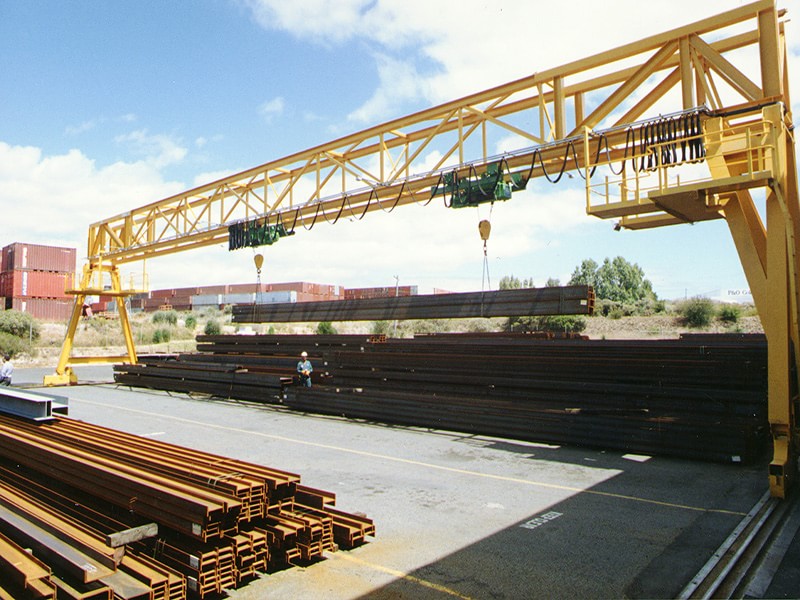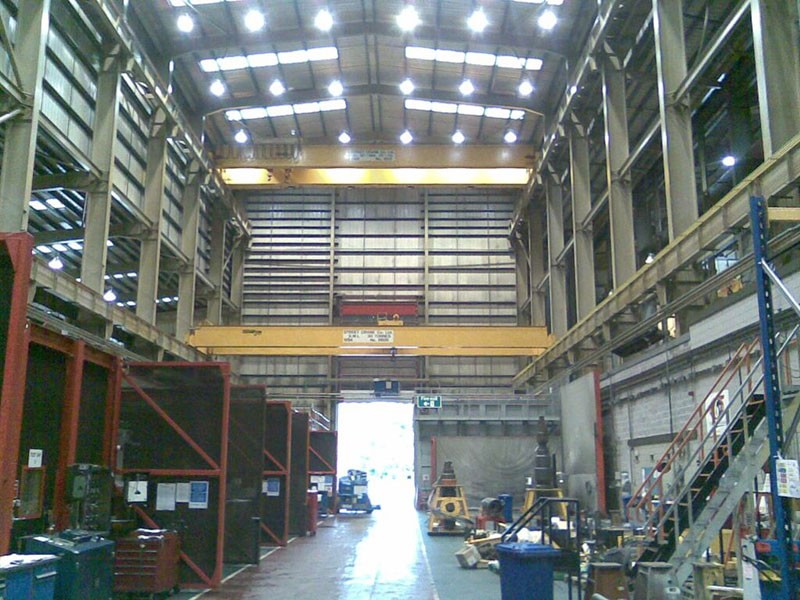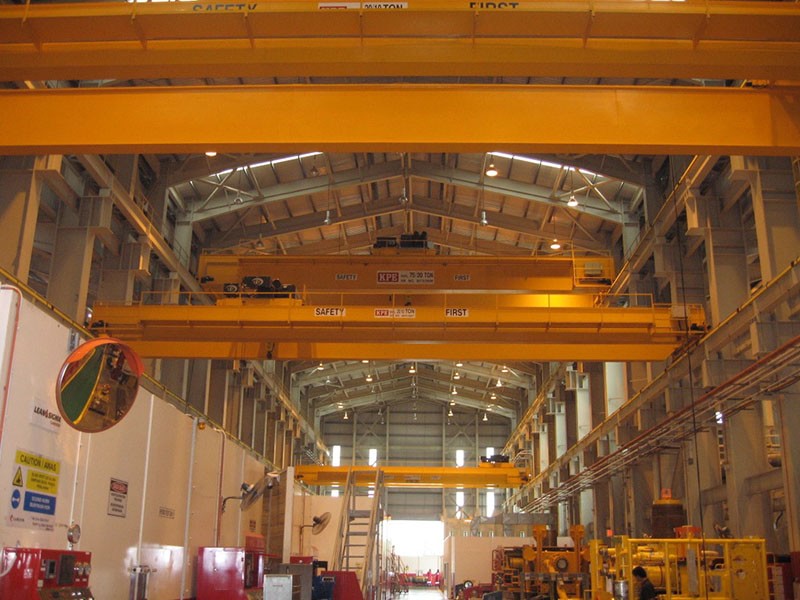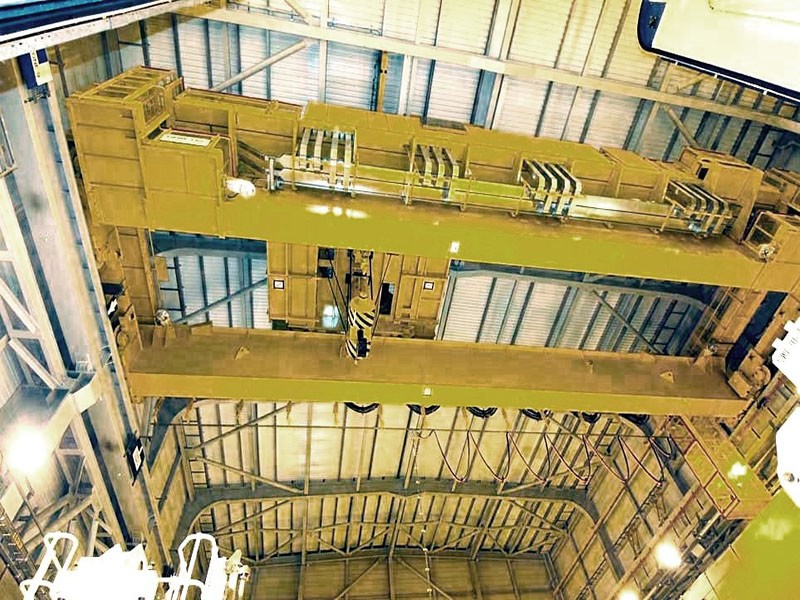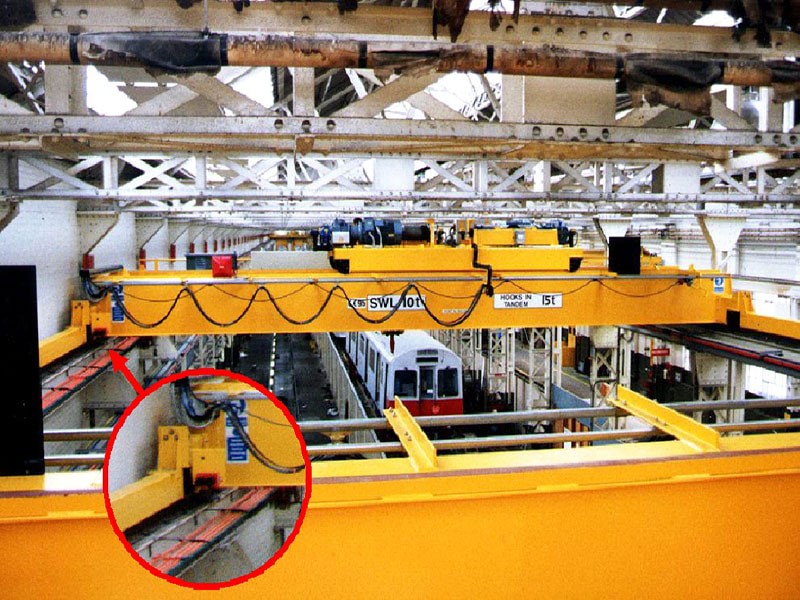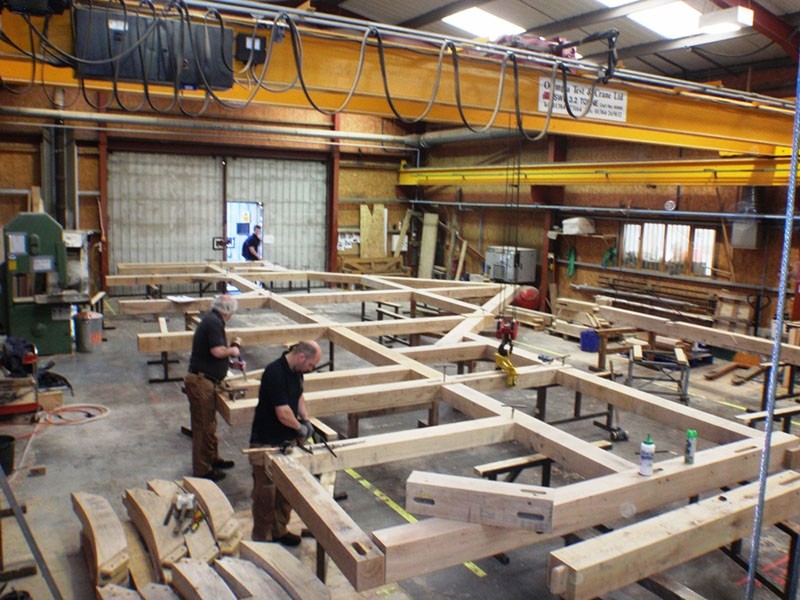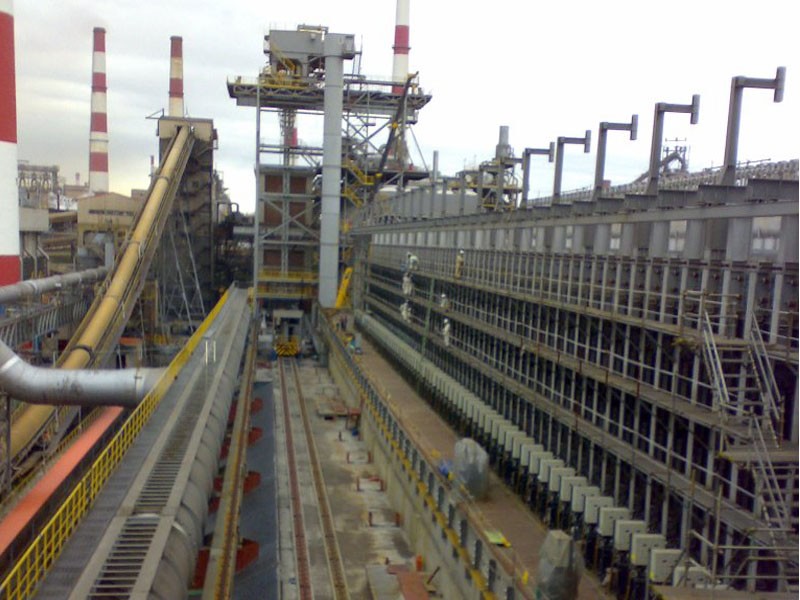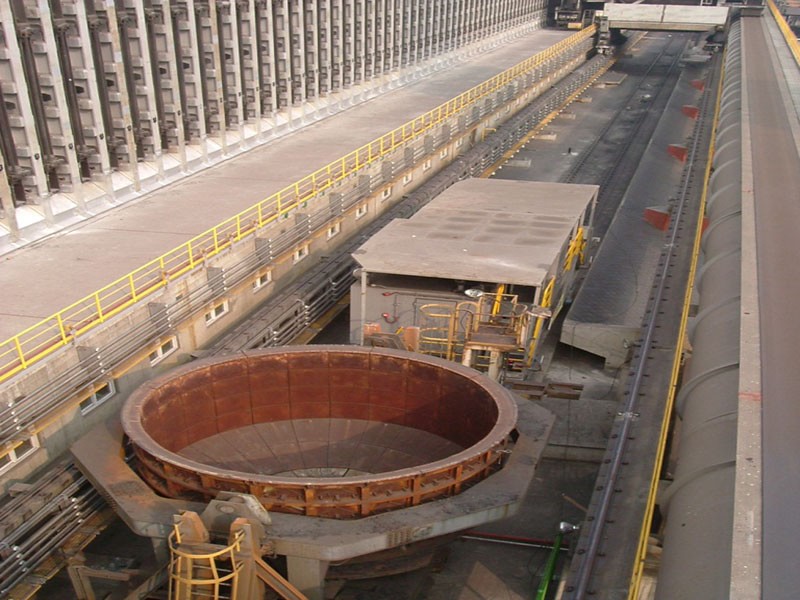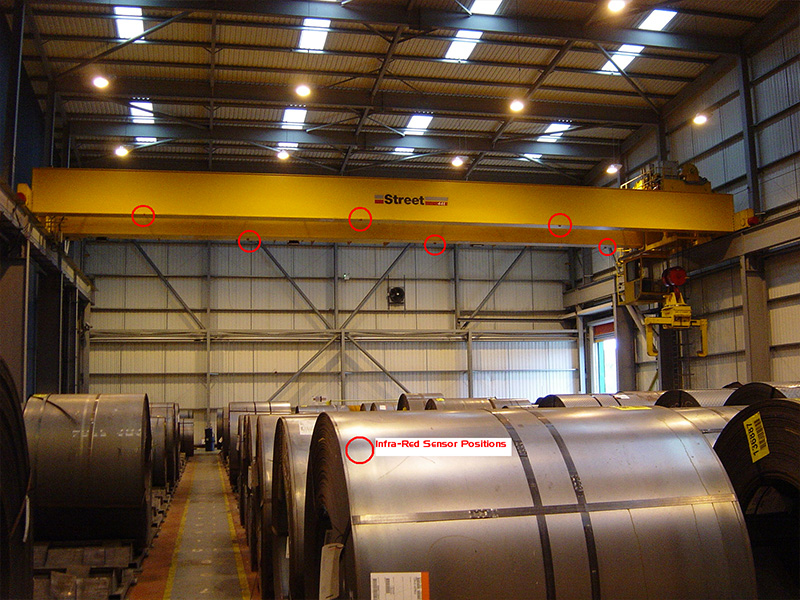Product Sub-Menu
Crane Detection Systems
E1 RD-05 Over-ride System for Collision Avoidance Systems
See page 2 of the System Brochure for more Technical Data

Type 1 - Morsonic-II™, IRCDS-HSD-II™ & MDSμP-II-NB™ Systems
The E1-IR™ / RD-05™ Infrared ‘conditional’ travel over-ride system comprises a receiver decoder, infra-red receiving sensor which requires to be strategically positioned under the crane structure thus to ensure a suitably defined and controlled operational zone and safe viewing position for a second person (supervisory/banksman) involved in a lifting operation. The hand held transmitter features AutoStart™ and operates using a specific periodic transmission system.
The E1™ Infrared transmitter must be secured in a safe place when not in use and should only be accessible for use by authorised persons. This system is not meant for usual crane operator use, it is a safety tool to designed to ensure a lifting operation can be effectively controlled within a ‘normally’ inhibited and restricted area (this can be a restricted operating area for a number of reasons).

Type 2 - IRVCD™, TalkBak™ Systems
The E1-IR™ Infrared ‘conditional’ travel over-ride system comprises an infra-red receiving sensor which requires to be strategically positioned under the crane structure thus to ensure a suitably defined and controlled operational zone and safe viewing position for a second person (supervisory or banksman) involved in a lifting operation. The receiver decoder as required in other applications is not required for the IRVCD™ as the scheme hardware incorporates pre-configured facility for interface connectivity. The hand held transmitter features AutoStart™ and operates using a specific periodic transmission system.
The E1-IR™ Infrared transmitter must be secured in a safe place when not in use and should only be accessible for use by authorised persons. This system is not meant for usual crane operator use, it is a safety tool to designed to ensure a lifting operation can be effectively controlled within a ‘normally’ inhibited and restricted area (this can be a restricted operating area for a number of reasons).
